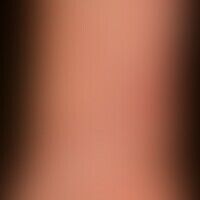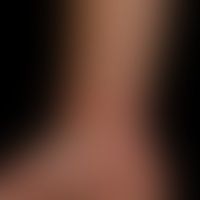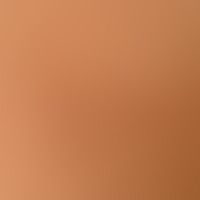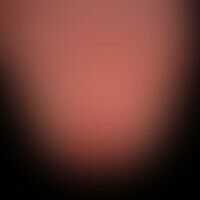Lichen planus classic type Images
Go to article Lichen planus classic type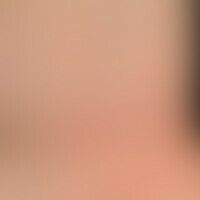
Lichen planus (classic type): discrete expression, for several weeks, red, itchy, polygonal, in places confluent, red, smooth, shiny papules. no scratching effects.
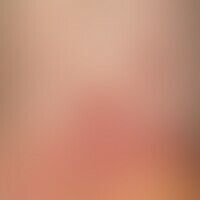
Lichen planus (classic type): for several weeks persistent, red, itchy, polygonal, partially confluent, red, smooth, shiny papules.
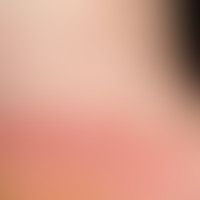
Lichen planus. for several weeks persistent, itchy, polygonal, partly confluent, red, smooth papules. infestation also of other skin areas.

Lichen planus. large-area lichen planus formed by aggregation of small papules (see upper edge of the large plaque in the middle of the picture). distinct lichenification; only moderate passagonal itching. wickham's pattern is recognizable.
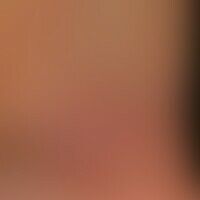
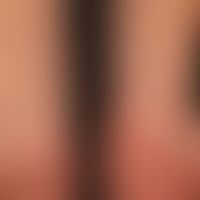
Lichen planus (classic type): for several weeks, red, itchy, polygonal, in places linearly confluent, red, smooth, shiny, clearly protruding papules.

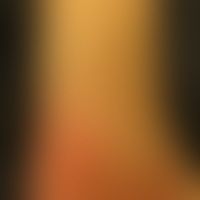

Lichen planus. chronic progressive form (present in this form for about 1 year). plaque-shaped hyperkeratosis in LP palmoplantaris. the flat, yellowish hyperkeratotic plaque is lined by reddish-livid papules. the diagnosis LP is only possible at the roundish papules in the marginal area.


Lichen planus (classic type): itchy, polygonal, partially confluent, brownish-reddish papules on the right hand and right wrist of a 40-year-old man, existing for 8 weeks; independent of LP, strong, palmar hyperkeratoses exist, the development of which can be ascribed to the professional activity as floor layer.
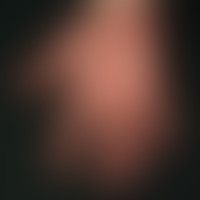
Lichen planus (classic type): pronounced infestation of the palms. infestation of the palms by confluence of papules and plaques. the nodular structure is especially visible in the peripheral areas.
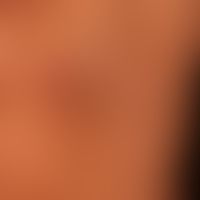
Lichen planus (classic type): for several months persistent, red, itchy, polygonal, partly confluent, red, smooth, shiny (in places anular) papules on the trunk.

Lichen planus (classic type): for several months persistent, red, itchy, polygonal, partly confluent, red, smooth, shiny (in places anular) papules on the trunk. detail view.
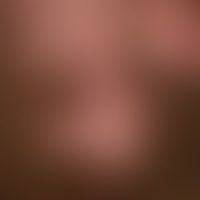
Lichen planus: Lichen planus with infestation of capillitium and oral mucosa.

Lichen planus (classic type). increasing findings since several months. onychodystrophy with roughening of the nail plate, longitudinal ripples and pitting.

Lichen planus (classic type): Nail infestation with longitudinal stripes, atrophy of the nails and numerous "spots".
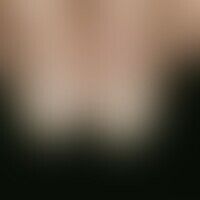
Lichen planus. findings increasing since several years. distinct longitudinal rippling of the nails. thinned, centrally raised nail plates with band-shaped onychodystrophy. beginning bds. pterygium.
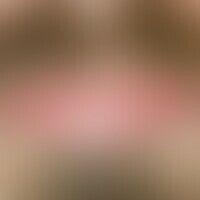
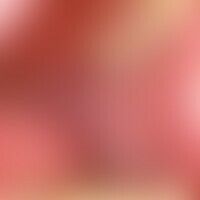
Lichen planus. veil-like, whitish, blurred, symptomless plaques on the posterior mucosa of the cheek.
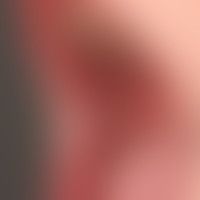

Lichen planus: Whitish, swollen, bizarrely configured, painless plaques on the cheek mucosa.
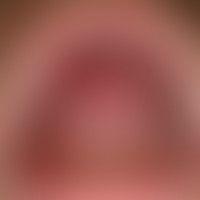
Lichen planus (classic type): veil-like, whitish, blurred, symptomless plaques on the hard and soft palate; in places flat (painful with acidic foods) erosions.
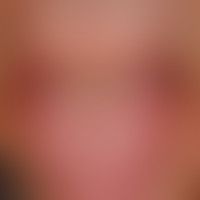
Lichen planus: less symptomatic, white, shiny plaques on both lateral edges of the tongue
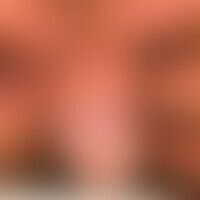
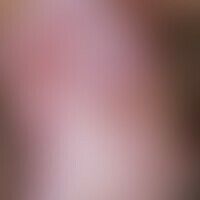

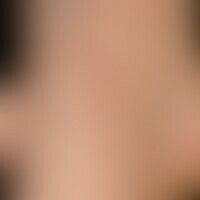
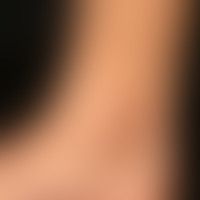
lichen planus. 0,4-0,6 cm large, itchy, red, rough papules. beginning of a dissociative transformation of the lichen planus. these "wart-like" transformations are mainly observed on the lower legs (localization-related influence)
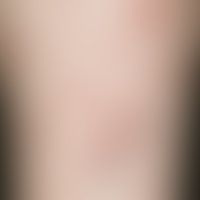
Lichen planus classical type: linear arrangement of confluent papules (Köbner phenomenon)
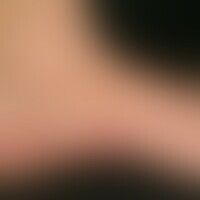
Lichen planus. chronically active, multiple, increasing, disseminated standing, partly confluent, first appearing about 6 months ago, mainly localized at the inner edge and back of the foot, 0.3-0.6 cm large, itchy, red, smooth, shiny papules in a 46-year-old woman. similar papules appeared on both inner wrist sides. Furthermore, a whitish, net-like pattern of the buccal mucosa of the mouth appeared.

Lichen planus (classic type): moderately itchy, disseminated, like scattered distribution pattern, red-violet colour of the surface smooth, shiny papules and plaques.
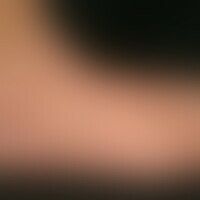
Lichen planus. chronically active, multiple, disseminated or confluent, increasing, first appearing about 6 months ago, mainly localized at the outer edge and back of the foot, 0.3-0.6 cm large, itchy, red, smooth, shiny papules in a 46-year-old woman. Furthermore, a whitish, reticular pattern of the buccal mucosa of the mouth was visible.
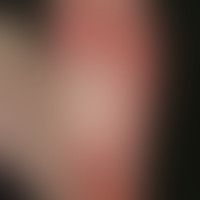
Lichen planus (classic type): extensive infestation of the soles of the feet. At the treads, the (classic) morphological structure of the LP is no longer recognizable due to an even confluence of efflorescences. In the area of the hollow foot, diagnosis per aspect is possible.

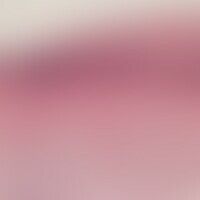
lichen planus. detail enlargement: interface dermatitis with sawtooth-like acanthosis. characteristic features are "blurring" of the intercellular boundaries, hypergranulosis, orthohyperkeratosis and epidermotropic lymphocytic infiltrate. distinct vacuolar degeneration of the basal keratinocytes
